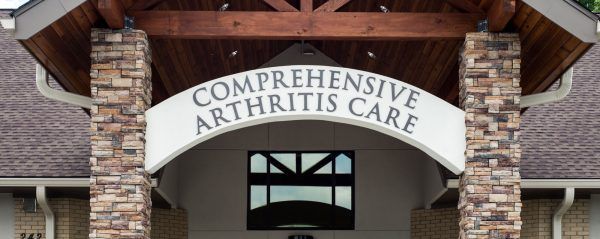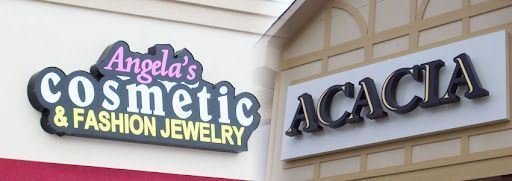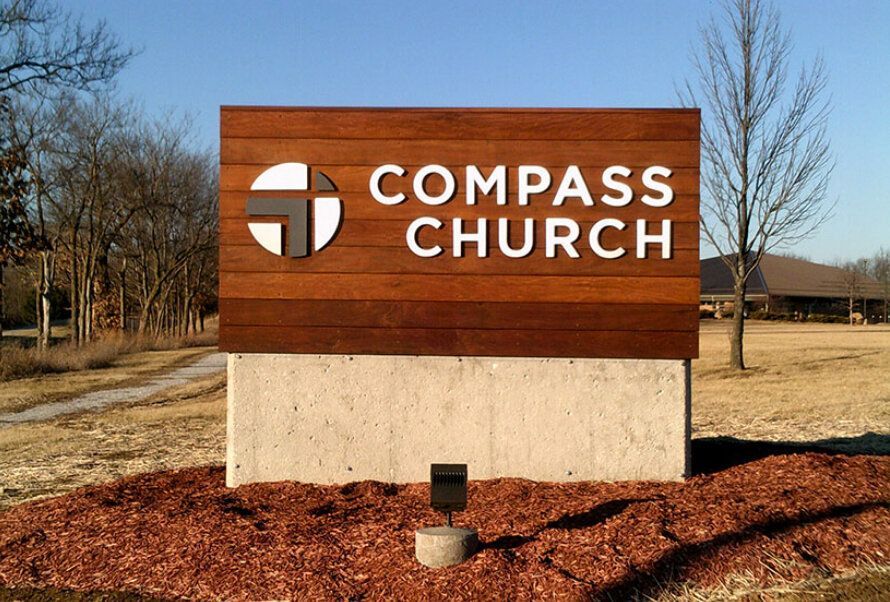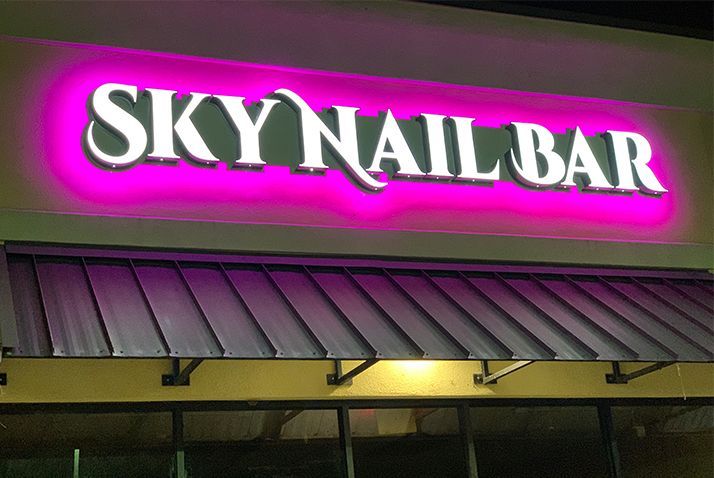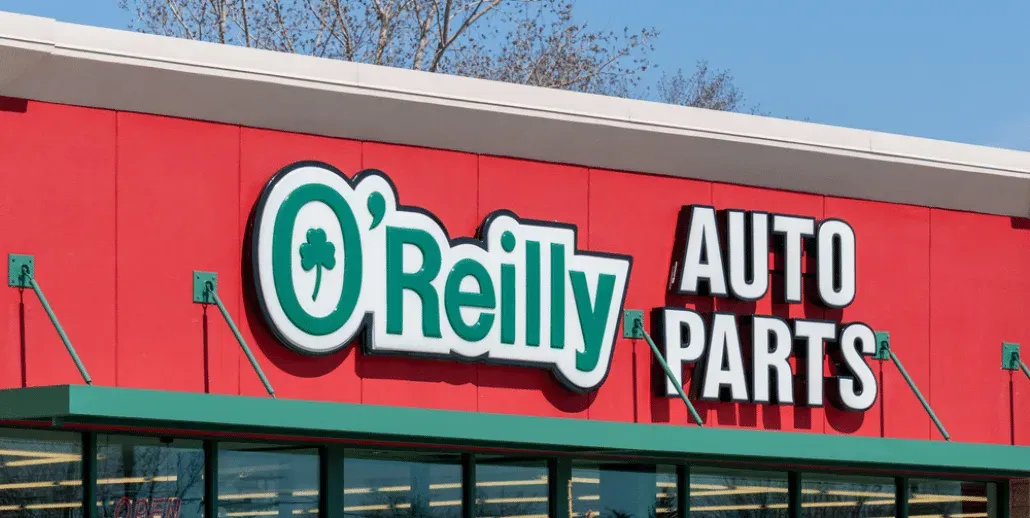How to Choose the Right Sign for Your Business Location
TL;DR;
The right sign for your business location is one that maximizes visibility, fits your brand, and complies with local regulations. Consider visibility, location type, materials, design, budget, and legal requirements before deciding.
Why Business Signage Matters More Than Ever in 2025
Choosing the right sign is not just about decoration — it’s your brand’s handshake with the world. In 2025, signage is still a powerful tool for capturing attention, communicating value, and driving foot traffic.
Why it matters:
- First Impressions: Your sign is often the first interaction potential customers have with your business.
- Visibility: A sign enhances storefront visibility and can increase walk-in traffic.
- Trust & Branding: Professionally designed signage boosts consumer confidence and strengthens brand recognition.
Key statistics:
- According to a FedEx Office study,
76% of consumers said they entered a store they had never visited before based solely on its sign.
- 68% believe that a business’s signage reflects the quality of its products or services.
In short, your sign is your silent salesperson.
Horizon Sign and Lighting has seen firsthand how impactful the right sign can be — especially when tailored to your specific business environment.
Location-Specific Considerations When Choosing Business Signs
The right signage varies based on where your business is located. Different environments demand different sign solutions.
Urban Settings
- High competition for attention
- Narrow sidewalks and building limitations
- Ideal Sign Types: Blade signs, window graphics, channel letters
Suburban Locations
- Setbacks from roads
- Auto-centric visibility
- Ideal Sign Types:
Monument signs, pylon signs, channel letters
Rural Areas
- Sparse foot traffic, long viewing distances
- Often require larger signs with bold fonts
- Ideal Sign Types: Large
pylon signs, billboard-style signage
Retail vs. Office vs. Industrial
- Retail: Needs high curb appeal and visibility
- Office: Directional signs, monument signs, lobby branding
- Industrial: Functional signs, loading dock labels, wayfinding
Navigating Local Signage Laws and Permits
Before installing a sign, make sure you understand your local signage permit requirements—this step is non-negotiable.
What You Need to Know:
- Zoning Codes: What’s allowed based on your location
- Sign Permits: Often required for new signs or replacements
- Building Inspector Approval: Structural and electrical sign-offs
- ADA Compliance: Especially for indoor and directional signage
Tip from Horizon Sign and Lighting: Always check with your local permit office before designing or purchasing your sign. Failing to do so can lead to costly removals or fines.
Related internal read: Permits and Legal Compliance for Small Businesses
Different Types of Business Signs Explained
Understanding your options helps you choose the best fit for your environment and goals.
Monument Signs
- Ground-level, durable, perfect for entrances
- Great for offices, medical plazas, or schools
Channel Letter Signs
- 3D letters, often LED-lit
- Ideal for storefronts with high pedestrian or auto traffic
Blade Signs
- Project perpendicular from building
- Highly visible to foot traffic in urban areas
Pylon Signs
- Tall, freestanding
- Best for roadside businesses or plazas
Wall Signs
- Flat, mounted directly to building
- Good for strip malls, boutiques, or cafes
Long-tail focus: Which type of sign fits my storefront? Consult with Horizon Sign and Lighting for personalized guidance.
Choosing Materials that Last and Match Your Brand
Material choice affects durability, appearance, and cost.
| Material | Best For | Pros | Cons |
|---|---|---|---|
| Aluminum | Outdoor, all weather | Lightweight, rustproof | Limited dimensional options |
| Acrylic | Modern branding | Sleek, color-rich | Can crack with force |
| HDU (High-Density Urethane) | Dimensional signs | Carvable, durable | Slightly more expensive |
| Vinyl Wraps | Windows, temp signs | Affordable, flexible | Shorter lifespan |
Pro tip: Match your sign material with your local climate and building aesthetic. Horizon Sign and Lighting can guide you through the right fit for both.
Smart Design Principles for Effective Signage
Design is where function meets flair.
Tips for smart sign design:
- Legibility is king: Use simple fonts and bold contrasts
- Color psychology: Choose colors that reflect your brand's personality and values
- Consistency: Align fonts, colors, and logos with your existing brand assets
- Illumination: Consider LED lighting for nighttime visibility
Image Optimization Tips:
- Use descriptive alt text for online photos (e.g., “Custom LED channel letter sign for bakery in Atlanta”)
- Use structured schema markup to improve local SEO
Budgeting for Your Business Sign: Upfront vs Long-Term Costs
A common question we hear at Horizon Sign and Lighting: “How much will my sign cost?”
Typical sign expenses include:
- Design & materials
- Permit applications
- Fabrication
- Installation
- Ongoing maintenance or
repairs
Factors to consider:
- Initial Cost: Depends on size, material, lighting, complexity
- Long-Term ROI: A well-made sign can last 7–10+ years with
maintenance
- Maintenance: Electrical signs may need bulb replacement or rewiring
- Energy Costs: LED is more efficient than neon or incandescent
Optional: Add a pricing table or embed a cost calculator.
Installation & Maintenance: Don’t Overlook the Logistics
Even the best-designed sign can fall flat without proper installation.
Installation must-haves:
- Structural mounting that matches the wall material
- Electrical hookups for lighting
- Clear coordination with any contractors or landlords
Maintenance Tips:
- Set a cleaning schedule (quarterly for most outdoor signs)
- Check for fading, cracks, or flickering lights
- Replace vinyl wraps or lighting as needed
Related internal guide: Installation Checklist for New Business Owners
Measuring Your Sign’s Effectiveness
Once your sign is up, monitor how well it’s working.
Tools to use:
- Foot traffic counters
- Sales trends and POS data
- Mentions in Google or Yelp reviews
- Security camera footage to assess attention
Metrics to track:
- Customer inquiries referencing the sign
- Increase in walk-ins
- Local brand recall
Horizon Sign and Lighting recommends reviewing sign performance every 6 months.
Expert Tips Based on Your Business Type
Every industry has different signage needs. Here’s what works best:
Retail Stores
- Focus on bold colors and promotional banners
- Use window vinyls to advertise limited-time offers
Restaurants
- Include changeable menu boards
- Use backlit signs to stay visible after dark
Office Buildings
- Use monument signs and clear directional signage
- Highlight your suite number or brand logo
Industrial or Warehouse
- Prioritize functional, readable wayfinding signs
- Use durable materials that resist wear
Need to know: What kind of sign do I need for a coffee shop? Horizon Sign and Lighting suggests illuminated channel letters with a warm tone, combined with a blade sign for walk-by visibility.
Set Your Business Up to Shine
Choosing the right sign for your business location isn’t just a design choice — it’s a strategy. A well-designed, well-placed, and compliant sign builds trust, attracts attention, and drives revenue.
What to remember:
- Consider your environment (urban, suburban, rural)
- Match the sign to your brand and customer behavior
- Get permits early
- Use durable, weather-resistant materials
- Design for readability and impact
- Track results and refine as needed
Need help designing or installing the perfect sign?
Reach out to
Horizon Sign and Lighting today for a custom consultation.
Frequently Asked Questions (FAQ)
